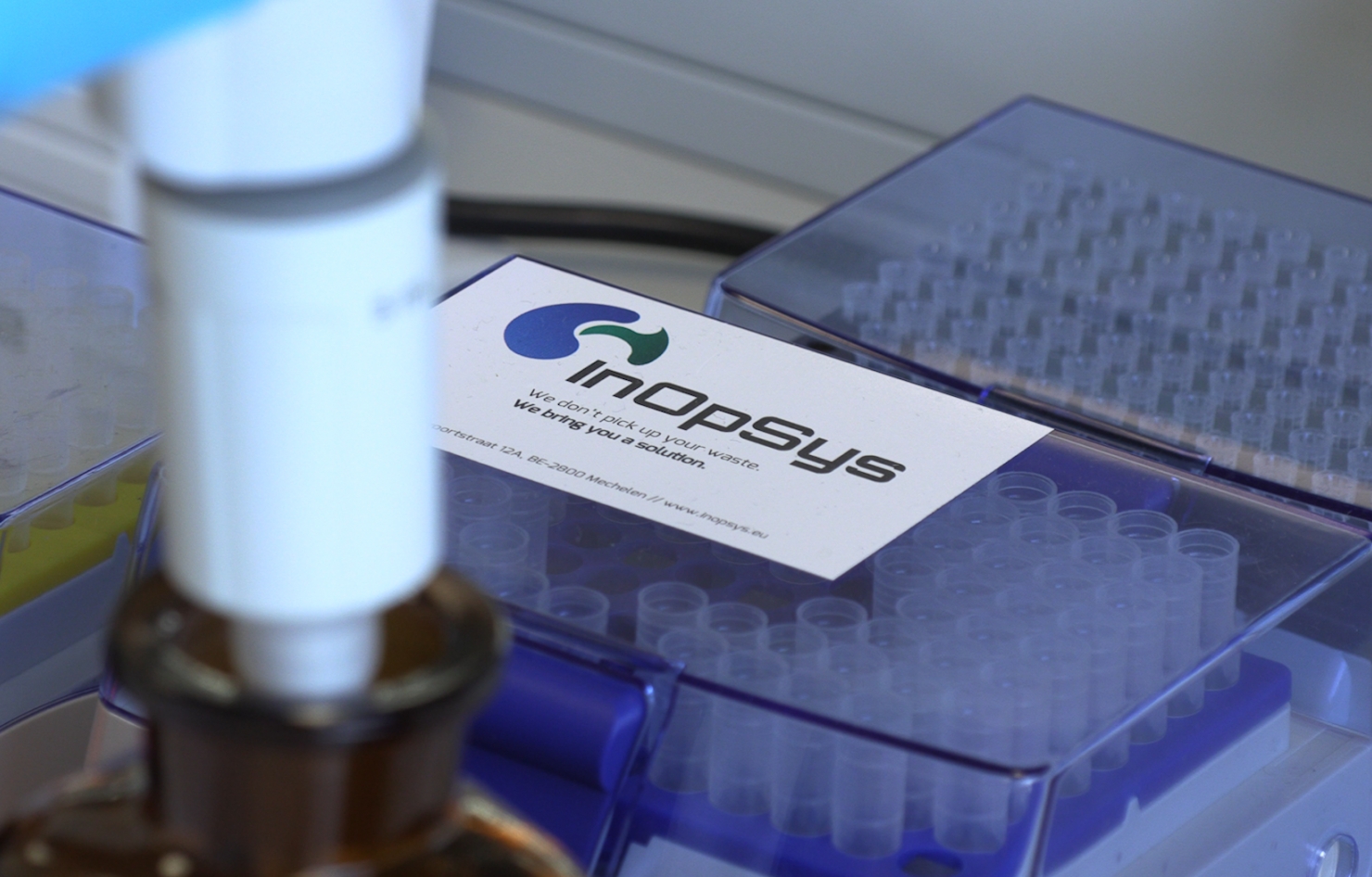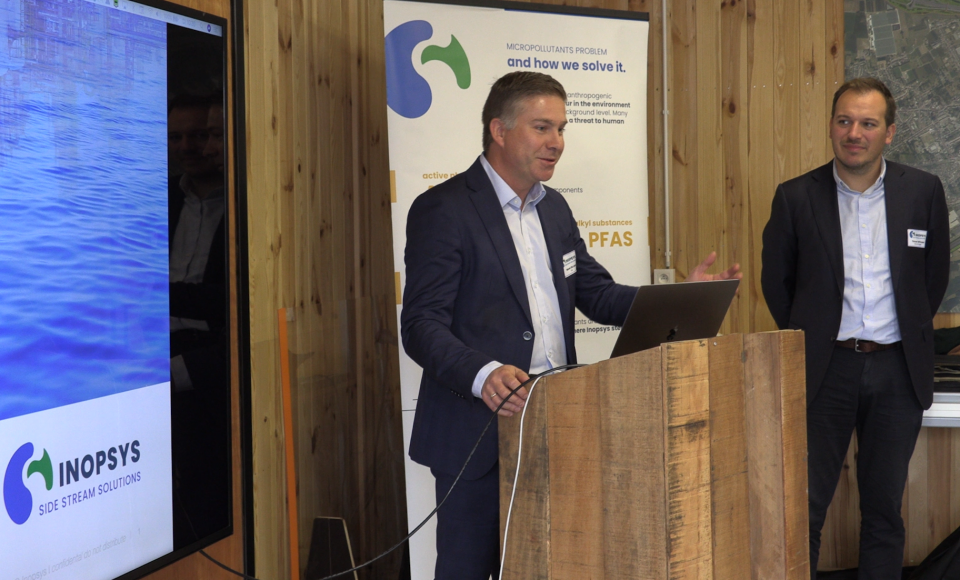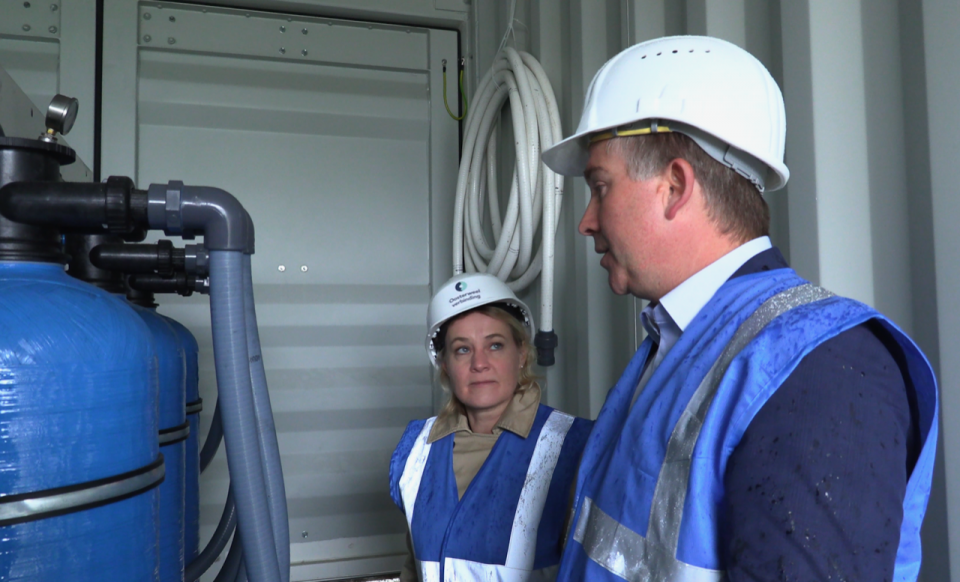PFAS challenge



Inopsys, a scale-up with an R&D team at Antwerp incubator BlueChem, is developing an effective and sustainable technology to remove PFAS from water. With support from the city of Antwerp, Inopsys is developing a solution that succeeds in purifying contaminated water better than the most widely applied technology on the market to date.
After months of lab research with support from the city of Antwerp, Inopsys succeeded in applying a successful technology for the purification of water from PFAS. The results of the first tests at the BlueChem lab are promising and the pilot installation at Lantis' Oosterweel yard is scaling up the solution.
Inopsys develops innovative solution to purify water from PFAS
DownloadThe PFAS issue has received increasing attention from policymakers and the general public in recent months. The technology most widely applied today for the removal of PFAS from water - Granular Activated Carbon (GAC) - is reaching its limits. As the scale of the PFAS problem becomes increasingly clear, legal standards are emerging for the maximum amount of PFAS allowed in water discharges that are 100 to 1,000 times more stringent than current standards. For the first time, they will also apply to the most difficult-to-remove PFAS substances. Technological innovations are needed to efficiently meet those standards, and where necessary purify water from PFAS to contribute to the protection of public health and the environment. Inopsys is fully committed to this.

The innovative power compared to the benchmark Granular Activated Coal (GAC) is obvious: